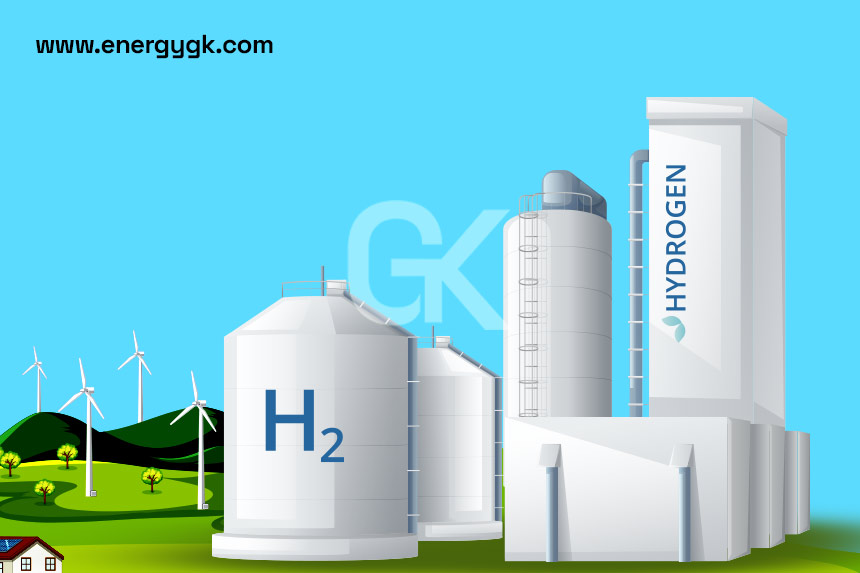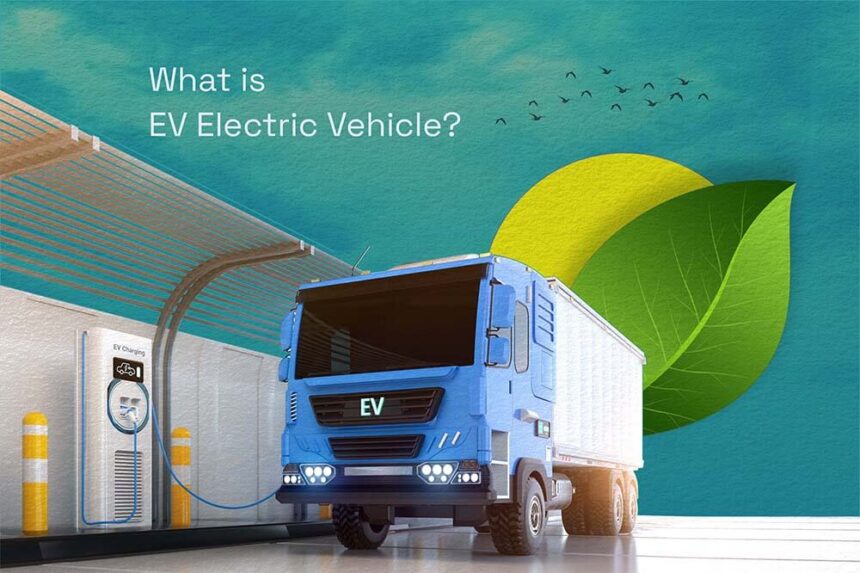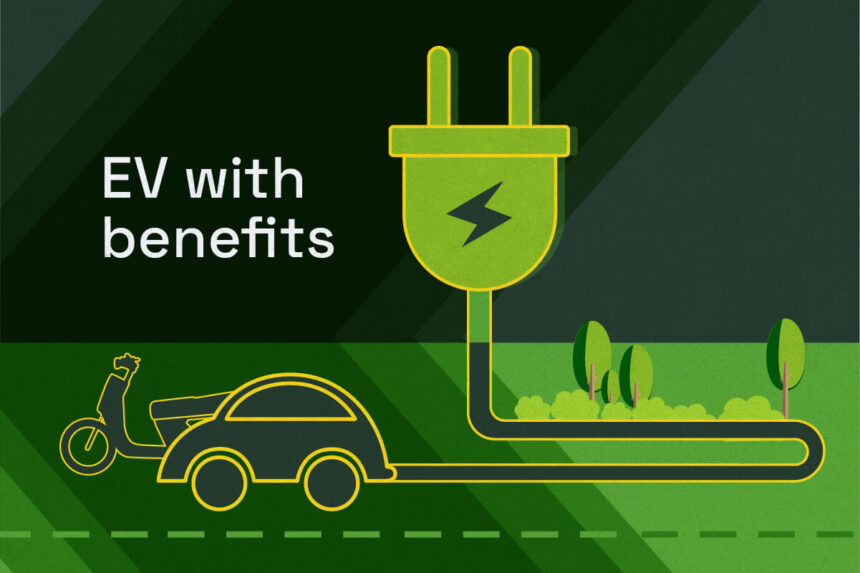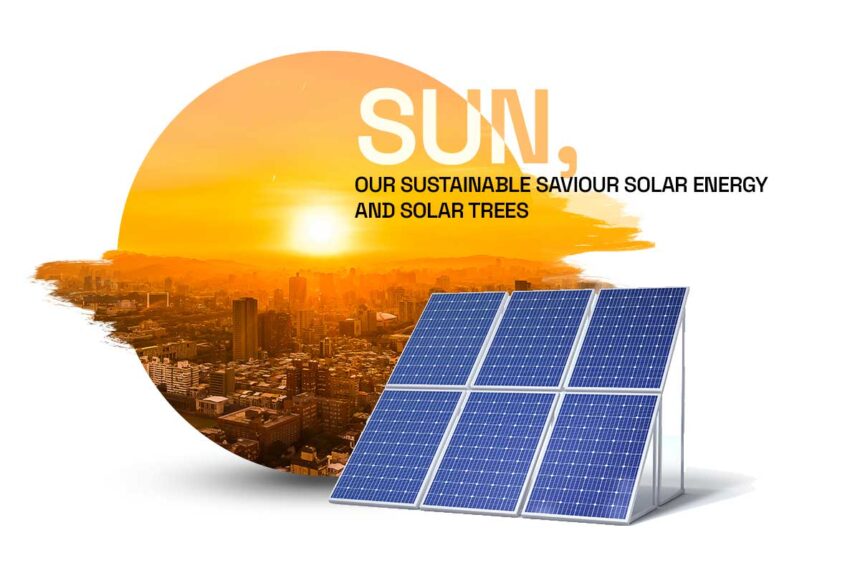Introduction
Hydropower, a form of renewable energy, has been harnessed for centuries to generate electricity. It utilizes the power of flowing water to produce sustainable energy with minimal environmental impact. In this article, we will explore the concept of hydropower, its benefits, different types of hydropower systems, global usage, environmental considerations, challenges, and the future potential of this remarkable energy source.
Understanding Hydropower
2.1 Definition and Basics
Hydropower refers to the generation of electricity through the utilization of water’s kinetic energy. It involves capturing the energy from falling or flowing water and converting it into mechanical energy, which is then converted into electrical energy using generators. This clean and renewable source of power has become increasingly important in our quest for sustainable energy solutions.
2.2 How Hydropower Works
The process of harnessing hydropower begins with the construction of dams or diversion structures, which create reservoirs or channels to control the flow of water. When water is released from the reservoir or flows through the channel, it turns turbines, which are connected to generators. The mechanical energy from the moving water is converted into electrical energy, which is then transmitted to homes, businesses, and industries.
Benefits of Hydropower
3.1 Clean and Renewable Energy
One of the significant advantages of hydropower is its clean and renewable nature. Unlike fossil fuels, hydropower does not release harmful greenhouse gases or pollutants into the atmosphere during electricity generation. It contributes to reducing our carbon footprint and mitigating climate change.
3.2 Reduced Greenhouse Gas Emissions
By displacing the need for fossil fuel-based power plants, hydropower plays a crucial role in reducing greenhouse gas emissions. It helps in minimizing the release of carbon dioxide, sulfur dioxide, nitrogen oxides, and other pollutants associated with conventional energy generation.
3.3 Water Management
Hydropower facilities also offer water management benefits, as they allow for the control and regulation of water flow. By storing water during periods of surplus and releasing it during times of scarcity, hydropower plants contribute to better water resource management, irrigation, and flood control.
4. Types of Hydropower Systems
4.1 Conventional Hydropower
Conventional hydropower, also known as impoundment hydropower, is the most common type of hydropower system. It involves the construction of large dams, which create reservoirs by storing vast amounts of water. When the water is released from the reservoir, it flows through turbines, generating electricity. Conventional hydropower plants are typically designed to provide a stable and consistent power supply.
4.2 Pumped Storage Hydropower
Pumped storage hydropower is a unique type of hydropower system that serves as a giant rechargeable battery. It works by pumping water from a lower reservoir to a higher reservoir during periods of low electricity demand and excess supply. When there is high electricity demand, the stored water is released back into the lower reservoir, passing through turbines and generating electricity. This system helps balance the grid and provide additional power during peak hours.
4.3 Run-of-River Hydropower
Run-of-river hydropower systems do not require large reservoirs. Instead, they utilize the natural flow of rivers or streams to generate electricity. These systems divert a portion of the river’s flow through a channel or pipeline, directing it to a turbine. The flowing water turns the turbine, which generates electricity. Run-of-river hydropower plants have a smaller environmental footprint and can be more cost-effective for certain locations.
Global Hydropower Usage
5.1 Major Hydropower Producers
Hydropower is a significant source of electricity generation globally. Countries such as China, Brazil, Canada, the United States, and Russia are among the top producers of hydropower. These nations have abundant water resources and have invested in the development of large-scale hydropower projects to meet their energy needs.
5.2 Hydropower Trends
Hydropower has seen significant growth in recent years, driven by the increasing demand for renewable energy. Many countries are recognizing the potential of hydropower and investing in its expansion. Additionally, there is a growing interest in smaller-scale hydropower projects, particularly in rural and remote areas, where access to electricity is limited.
Environmental Considerations
6.1 Fish Migration
One of the key environmental considerations of hydropower projects is their impact on fish migration. Dams can obstruct fish migration routes and disrupt the natural life cycles of aquatic species. To mitigate this, fish ladders and fish bypass systems are implemented to allow fish to bypass dams and reach their spawning grounds. These measures help maintain healthy fish populations and preserve aquatic ecosystems.
6.2 Ecosystem Impact
The construction of hydropower projects can alter ecosystems by changing the natural flow of rivers and affecting habitats. Reservoirs created by dams can flood large areas, resulting in the loss of terrestrial habitats and biodiversity. It is essential to carefully assess the environmental impact of hydropower projects and implement mitigation strategies to minimize disruption to ecosystems.
Challenges and Solutions
7.1 Limited Suitable Sites
Identifying suitable sites for hydropower projects can be challenging. Not all rivers and water bodies have the necessary characteristics to support hydropower generation. However, advancements in technology and the exploration of new possibilities, such as run-of-river systems and offshore hydropower, can help expand the potential for hydropower development.
7.2 Project Cost and Time
The construction of large-scale hydropower projects often involves significant costs and lengthy timelines. The need for extensive infrastructure, environmental assessments, and stakeholder consultations can contribute to project delays and increased expenses. However, innovative financing models, streamlined approval processes, and efficient project management can help address these challenges.
7.3 Mitigating Environmental Impacts
To mitigate the environmental impacts of hydropower projects, various measures can be implemented. These include:
- Environmental Impact Assessments: Prior to project construction, comprehensive assessments should be conducted to identify potential environmental risks and develop mitigation strategies.
- Fish Passage Solutions: Implementing fish ladders, fish bypass systems, or fish-friendly turbines can allow for fish migration and minimize disruptions to aquatic ecosystems.
- Habitat Restoration: Efforts should be made to restore and create new habitats to compensate for the loss of natural habitats due to reservoir creation.
- Flow Management: Maintaining minimum flow levels downstream of hydropower plants can help preserve aquatic ecosystems and ensure the health of downstream communities.
- Sediment Management: Proper sediment management techniques should be employed to prevent sediment buildup behind dams and maintain downstream river dynamics.
Future of Hydropower
The future of hydropower looks promising as advancements in technology and a growing focus on renewable energy drive its development. Some key trends and areas of growth include:
- Small-Scale Hydropower: There is a rising interest in small-scale hydropower projects, particularly in rural and remote areas, as they offer localized energy solutions and can contribute to sustainable development.
- Hydropower and Storage Integration: The combination of hydropower with energy storage technologies, such as batteries or pumped storage, can enhance the reliability and flexibility of the power grid.
- Offshore Hydropower: Exploring the potential for offshore hydropower projects, such as tidal and wave energy, can expand the scope of hydropower generation and utilize untapped marine resources.
- Environmental Innovation: Continued research and development efforts are focused on improving fish passage technologies, sediment management techniques, and environmental monitoring systems to minimize the ecological impacts of hydropower projects.
Conclusion
Hydropower remains a significant contributor to sustainable electricity generation. Its clean and renewable nature, along with its potential for large-scale and small-scale applications, positions it as a crucial component of the global energy mix. By addressing environmental considerations, embracing technological advancements, and adopting innovative approaches, we can harness the power of flowing water while minimizing the impact on ecosystems and ensuring a sustainable energy future.
FAQs
- Is hydropower a reliable source of electricity?
Hydropower is considered a reliable source of electricity due to its ability to provide consistent power generation. However, it is dependent on the availability of water resources and can be influenced by factors such as seasonal variations and droughts.
- Does hydropower have any negative environmental impacts?
While hydropower is a clean and renewable energy source, the construction of dams and reservoirs can have negative environmental impacts. These include changes in river flow, disruption of aquatic ecosystems, and the displacement of local communities. However, with proper planning and mitigation measures, these impacts can be minimized.
- Can hydropower be used in urban areas?
Hydropower can be utilized in urban areas, but the feasibility depends on factors such as available water resources, suitable sites, and the integration of hydropower systems with existing infrastructure. In urban settings, smaller-scale hydropower projects and run-of-river systems can be more practical.
- What is the lifespan of a hydropower plant?
The lifespan of a hydropower plant can vary depending on factors such as maintenance, technological advancements, and environmental conditions. On average, hydropower plants can operate efficiently for 50 to 100 years or more.
- How does hydropower compare to other renewable energy sources?
Hydropower is one of the oldest and most established forms of renewable energy. It has the advantage of providing a stable and consistent power supply compared to intermittent sources like solar or wind energy. Additionally, hydropower plants can store energy through pumped storage systems, allowing for grid balancing and the provision of electricity during peak demand periods. However, the suitability of hydropower as a renewable energy source depends on the availability of suitable water resources and the environmental impact assessment of each specific project. Overall, hydropower plays a significant role alongside other renewable energy sources in achieving a sustainable and diversified energy mix.







